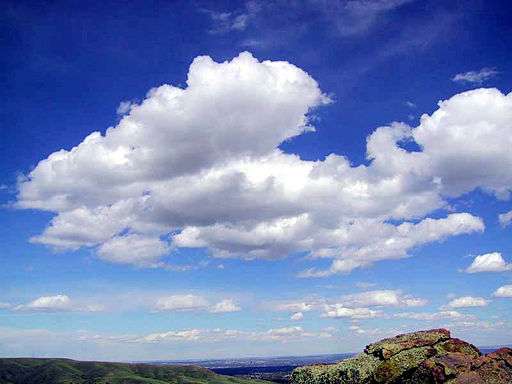Air pressure is measured in hPa.
Factors
Three factors affect air pressure.
Temperature
When temperature increases, air warms up, expands and rises. Air pressure thus decreases.
When temperature decreases, air cools down, contracts and sinks. Air pressure thus increases.
This leads to latidudinal variations in air pressure.
Altitude
At higher altitudes, air is sparser, the atmosphere is thinner and air pressure is thus lower.
At lower altitudes, air is denser, the atmosphere is thicker and air pressure is thus higher.
Air movement
Inblowing, converging air leads to rising air. Air pressure thus decreases.
Outblowing, diverging air leads to sinking air. Air pressure thus increases.
Normal Air Pressure
Normal air pressure is 1013 hPa. Below this, it is low pressure; above this, it is high pressure.
Isobar
Isobars show air pressure on a weather chart. They look like contour lines.
When they are closely spaced, pressure gradient is steep; when they are widely spaced, pressure gradient is gentle. Air moves from high pressure to low pressure.
Global Air Pressure Belts
| ||||||||||||||||
